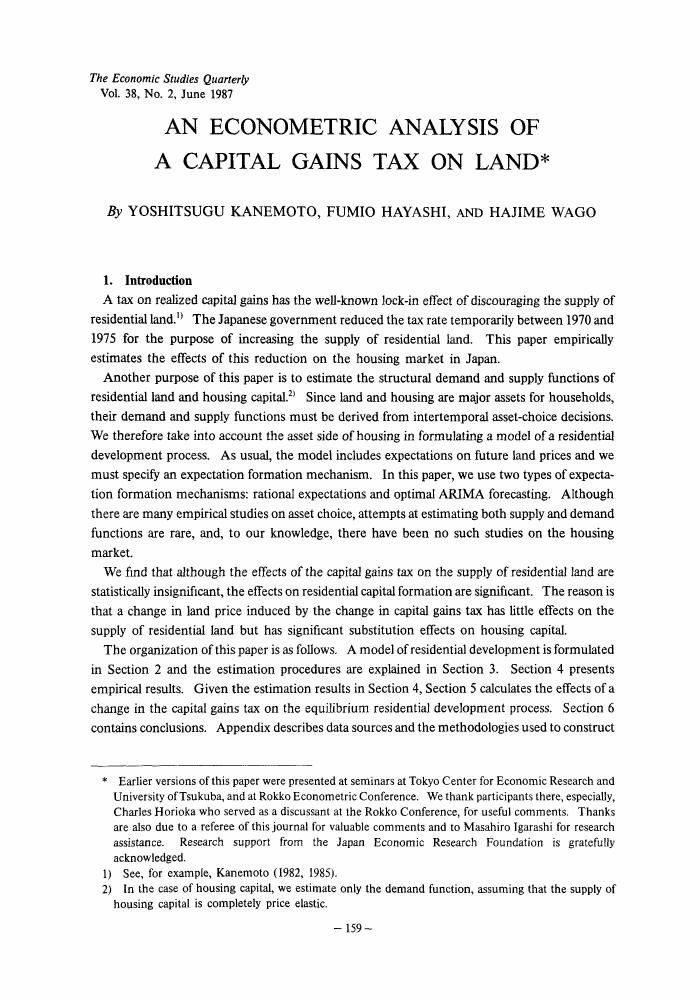- 著者
- Hitomi Komatsu Fumio Hayashi Masahiro Sasa Koji Shikata Shigeru Yamaguchi Keiichi Namba Kenji Oosawa
- 出版者
- 一般社団法人 日本生物物理学会
- 雑誌
- Biophysics and Physicobiology (ISSN:21894779)
- 巻号頁・発行日
- vol.13, pp.13-25, 2016 (Released:2016-01-28)
- 参考文献数
- 81
- 被引用文献数
- 9
FliF is the protein comprising the MS-ring of the bacterial flagellar basal body, which is the base for the assembly of flagellar axial structures. From a fliF mutant that easily releases the rod-hook-filament in viscous environments, more than 400 revertants that recovered their swarming ability in viscous conditions, were isolated. The second-site mutations were determined for approximately 70% of them. There were three regions where the mutations were localized: two in Region I, 112 in Region II, and 71 in Region III including the true reversion. In Region I, second-site mutations were found in FlgC and FlgF of the proximal rod, suggesting that they affect the interaction between the MS-ring and the rod. In Region II, there were 69 and 42 mutations in MotA and MotB, respectively, suggesting that the second-site mutations in MotA and MotB may decrease the rotational speed of the flagellar motor to reduce the probability of releasing the rod under this condition. One exception is a mutation in FlhC that caused a down regulation of the flagellar proteins production but it may directly affect transcription or translation of motA and motB. In Region III, there were 44, 24, and 3 mutations in FliG, FliM, and FliF, respectively. There were no second-site mutations identified in FliN although it is involved in torque generation as a component of the C-ring. Many of the mutations were involved in the motor rotation, and it is suggested that such reduced speeds result in stabilizing the filament attachment to the motor.
- 著者
- YOSHITSUGU KANEMOTO FUMIO HAYASHI HAJIME WAGO
- 出版者
- JAPANESE ECONOMIC ASSOCIATION
- 雑誌
- The Economic Studies Quarterly (ISSN:0557109X)
- 巻号頁・発行日
- vol.38, no.2, pp.159-171, 1987-06-20 (Released:2008-02-28)
- 参考文献数
- 8
- 著者
- Koichi Sairyo Kosaku Higashino Kazuta Yamashita Fumio Hayashi Keizo Wada Toshinori Sakai Yoichiro Takata Fumitake Tezuka Masatoshi Morimoto Tomoya Terai Takashi Chikawa Hiroshi Yonezu Akihiro Nagamachi Yoshihiro Fukui
- 出版者
- 徳島大学医学部
- 雑誌
- The Journal of Medical Investigation (ISSN:13431420)
- 巻号頁・発行日
- vol.64, no.1.2, pp.1-6, 2017 (Released:2017-03-29)
- 参考文献数
- 32
- 被引用文献数
- 31
Percutaneous endoscopic surgery for the lumbar spine, which was established in the last decade, requires only an 8-mm skin incision and causes minimal damage to the paravertebral muscles; thus, it is considered to be a minimally invasive technique for spinal surgery. It has been used to perform percutaneous endoscopic discectomy via two main approaches: the TF approach is a posterolateral one through the intervertebral foramen and can be done under local anesthesia; the IL approach is a more traditional one through the interlaminar space and is difficult to perform under local anesthesia. Recently, these techniques have been applied for lumbar spinal stenosis (LSS), the TF method for foraminal stenosis under local anesthesia, and the IL method for central and lateral recess stenosis under general anesthesia. In this study, using a fresh human cadaver model, we performed simultaneous decompression of the lateral recess and foraminal stenosis at L4-5 using the TF approach. Computed tomography confirmed enlargement of the lateral recess and intervertebral foramen. This technique, which can be performed under local anesthesia, should benefit elderly patients with LSS and poor general condition due to multiple comorbidities. Finally, we introduce the concept of percutaneous transforaminal ventral facetectomy using a spinal percutaneous endoscope. J. Med. Invest. 64: 1-6, February, 2017
